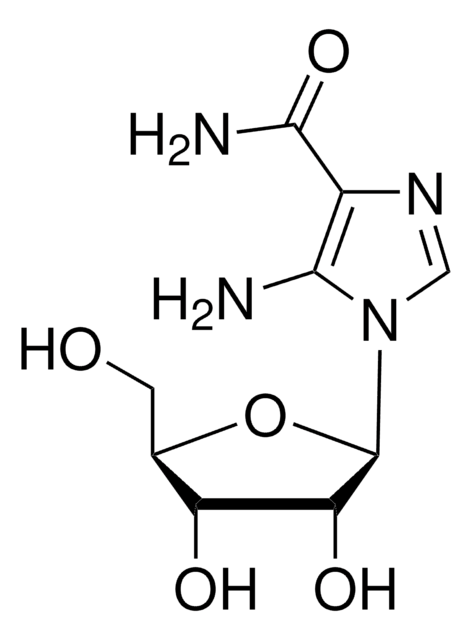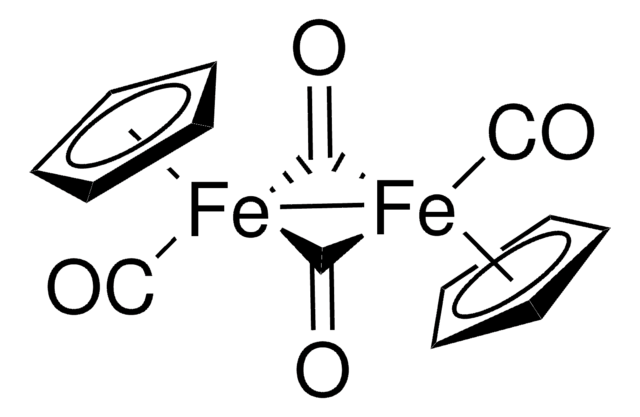907375
H-L-Photo-methionine HCl
≥95%
Sinónimos:
(S)-2-Amino-4-(3-methyl-3H-diazirin-3-yl)butanoic acid hydrochloride, (S)-2-Amino-4-(3H-diazirin-3-yl)pentanoic acid hydrochloride, Diazirine amino acid, Photo-Met, Photo-crosslinking amino acid, Photoprobe building block
About This Item
Productos recomendados
assay
≥95%
form
powder
reaction suitability
reaction type: solution phase peptide synthesis
availability
available only in USA
application(s)
peptide synthesis
storage temp.
2-8°C
Application
Product can be used with our line of photoreactors: Including Penn PhD (Z744035) & SynLED 2.0 (Z744080)
Other Notes
A vimentin binding small molecule leads to mitotic disruption in mesenchymal cancer
Cell-Based Proteome Profiling of Potential Dasatinib Targets by Use of Affinity-Based Probes
Proteome profiling reveals potential cellular targets of staurosporine using a clickable cell-permeable probe
Photo-leucine and photo-methionine allow identification of protein-protein interactions in living cells
Fishing for Drug Targets: A Focus on Diazirine Photoaffinity Probe Synthesis
Photo-affinity labeling (PAL) in chemical proteomics: a handy tool to investigate protein-protein interactions (PPIs)
Related product
signalword
Danger
hcodes
Hazard Classifications
Self-react. C
Storage Class
5.2 - Organic peroxides and self-reacting hazardous materials
wgk_germany
WGK 3
flash_point_f
Not applicable
flash_point_c
Not applicable
Elija entre una de las versiones más recientes:
Certificados de análisis (COA)
Lo sentimos, en este momento no disponemos de COAs para este producto en línea.
Si necesita más asistencia, póngase en contacto con Atención al cliente
¿Ya tiene este producto?
Encuentre la documentación para los productos que ha comprado recientemente en la Biblioteca de documentos.
Nuestro equipo de científicos tiene experiencia en todas las áreas de investigación: Ciencias de la vida, Ciencia de los materiales, Síntesis química, Cromatografía, Analítica y muchas otras.
Póngase en contacto con el Servicio técnico









